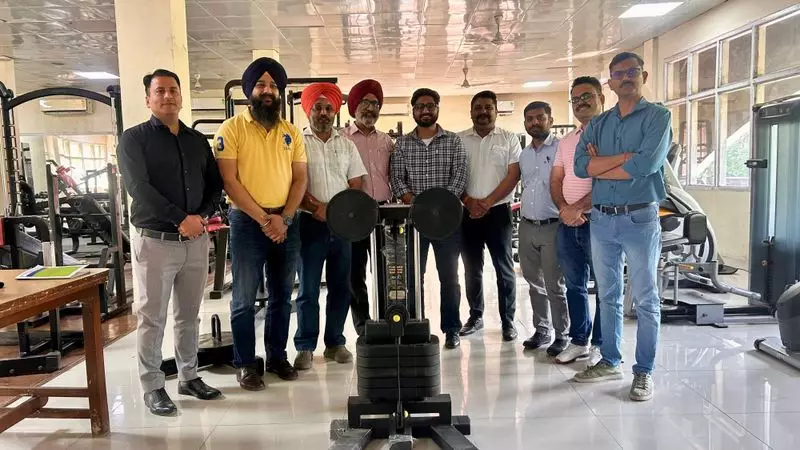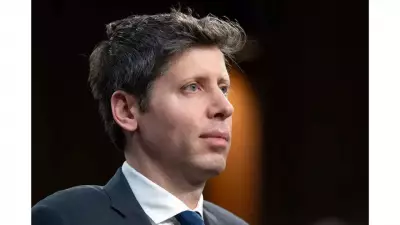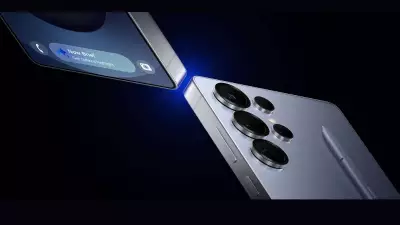
In a groundbreaking achievement for sports science and rehabilitation technology, researchers at Guru Nanak Dev University have developed India's first-ever forearm twisting machine. This innovative device promises to revolutionize training methods for athletes and provide new solutions for physical therapy patients.
Revolutionary Device for Enhanced Performance
The research team, led by Dr. Swarn Singh Khanna, Head of the Department of Sports Sciences and Medicine, has created a specialized machine that specifically targets forearm rotation movements. This development addresses a critical gap in athletic training equipment and rehabilitation tools available in the Indian market.
The machine was officially launched on February 15, 2024, marking a significant milestone for the university's research initiatives. Dr. Khanna emphasized that this invention represents years of dedicated research and testing to perfect the technology.
Technical Specifications and Applications
The forearm twisting machine features adjustable resistance levels and can be customized for different user requirements. It measures the force and range of motion with precision, providing valuable data for both athletes and healthcare professionals. The device is particularly beneficial for sports like tennis, badminton, cricket, and weightlifting where forearm strength and mobility are crucial.
According to the research team, the machine serves multiple purposes: enhancing athletic performance, preventing injuries, and facilitating rehabilitation for individuals recovering from upper limb surgeries or conditions affecting forearm function.
Impact on Sports and Healthcare
This innovation positions GNDU at the forefront of sports technology research in India. The university has filed for patents to protect the intellectual property rights associated with this groundbreaking device. The development aligns with the growing emphasis on sports science in India and the need for indigenous technological solutions.
The research team included Dr. Jaspreet Singh and Dr. Ramanpreet Kaur, who contributed significantly to the project's success. Their collaborative efforts have resulted in a device that could benefit thousands of athletes and patients across the country.
Local sports authorities and rehabilitation centers have already expressed interest in adopting this technology. The machine's development demonstrates how academic research can directly impact practical applications in sports and healthcare, creating new possibilities for performance enhancement and recovery.





